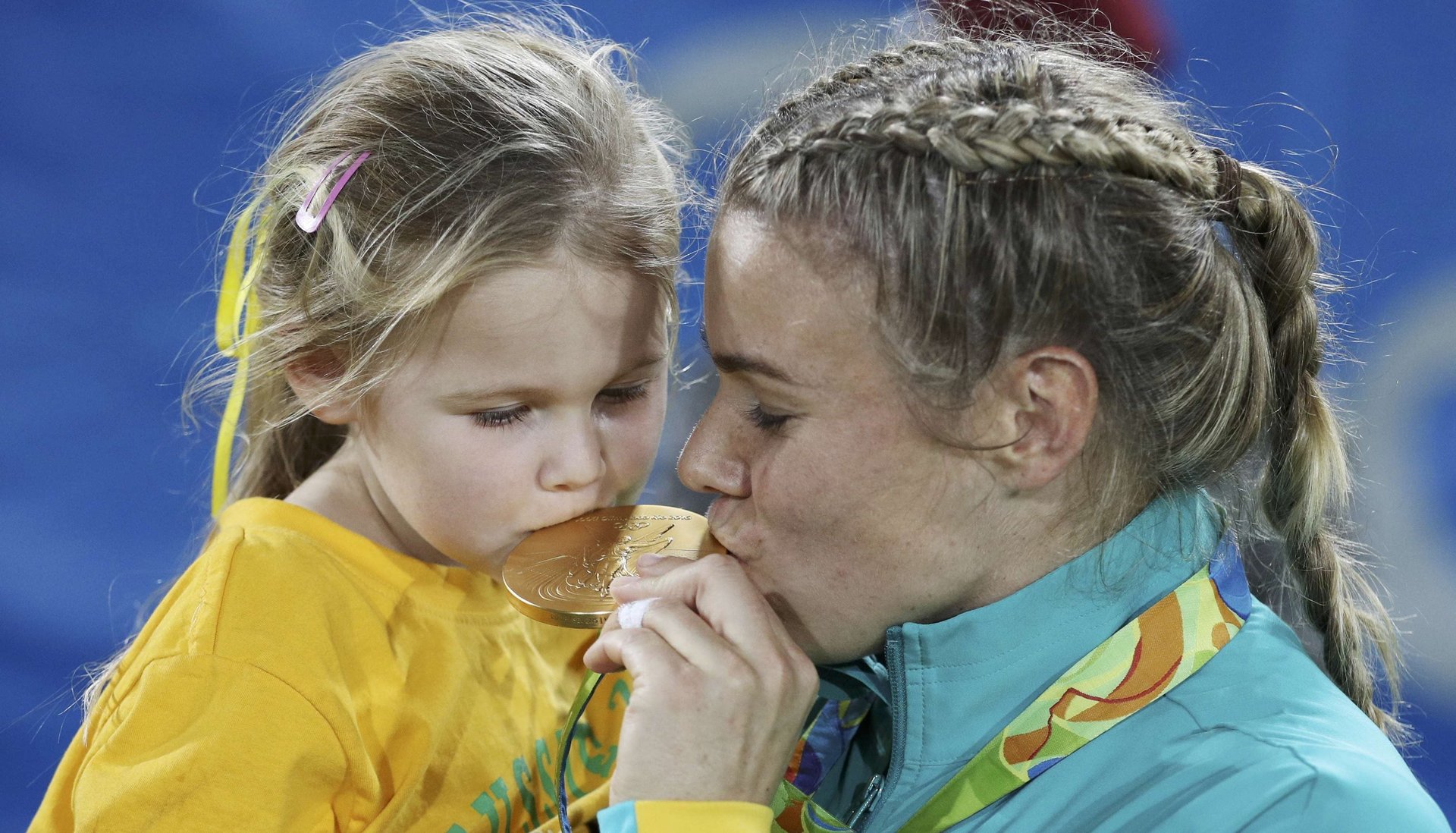Australia’s female rugby players are going to be paid the same as men
Australia’s female rugby sevens team are the reigning Olympics champions. Until now, they weren’t paid the same as their male counterparts.


Australia’s female rugby sevens team are the reigning Olympics champions. Until now, they weren’t paid the same as their male counterparts.
Rugby Australia, the sport’s governing body in the country, and the Rugby Union Players’ Association struck a deal yesterday (Jan. 10) that would pay both the men’s and women’s seven-a-side teams the same.
Under the new collective bargaining agreement, women and men sevens players will now receive an annual entry-level salary of A$44,500 ($35,044).
The deal also includes a pregnancy policy for female athletes, which ensures financial security for players who become pregnant. One player, Nicole Beck, who plays both sevens and fifteens rugby, returned to the sport after having two children.
“We’re in such a different sport to most female athletes in terms of the physicality of the game, but to make sure you’re not prevented from wanting to have children and a family is vital,” women’s sevens captain Shannon Parry said.
The Australian women’s 15-a-side rugby team, the Wallaroos, will also receive payments for test matches, or international matches, for the first time as compensation for taking time out from their day jobs and family responsibilities.
As interest in women’s sports grows globally, more people are questioning the huge disparity in pay and treatment between male and female athletes.
In New Zealand, the women’s rugby team, known as the Black Ferns, won the World Cup last summer, prompting a discussion in the rugby-mad country over whether female players should be paid in the same way as men. For example, the All Blacks play as professionals and fly business class, while women play in addition to having day jobs and fly economy.
In the US, the poor performance of the men’s national soccer team has also stoked a discussion over pay disparity between genders—the men’s team failed to qualify for the 2018 World Cup after losing to Trinidad and Tobago in October, while the women’s team are ranked first in the world. In a complaint to the US Equal Employment Opportunity Commission in 2016, US female soccer players said they could earn a maximum of $99,000 for 20 games, compared to $263,320 for male players. The argument that men’s sports typically bring in more revenue than women’s sports is used to justify the pay gap, but a New York Times investigation (paywall) in 2016 found that women’s soccer in the US earned more money than men’s in 2015.
In October, Norway became the first country to pay its national male and female soccer teams equally—a 93% pay increase for women.